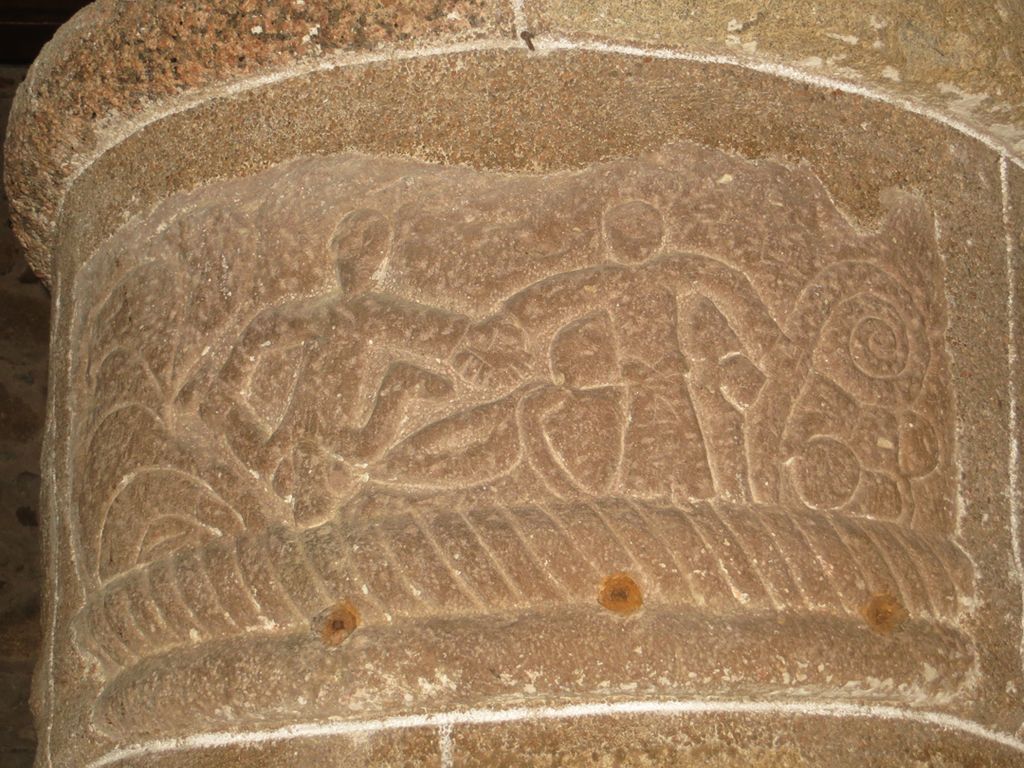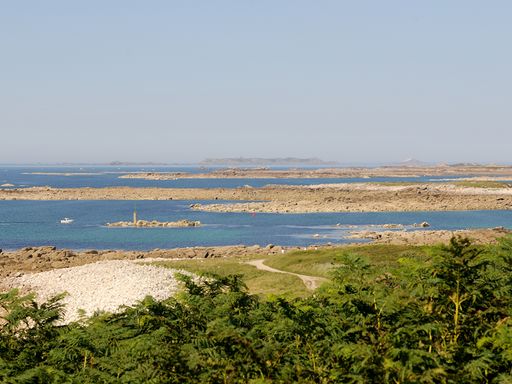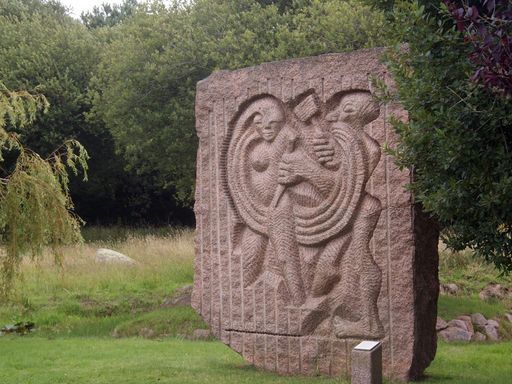
Saint Jacques Church
Perros-Guirec



About
Construction of Saint Jacques Church began in the eleventh century using granite from the area and further construction followed over the years, resulting in today's patchwork of architectural styles. During your visit, you will see the nave, the south door and the columns with carved capitals, superb examples of Roman art. The fourteenth century square tower and Gothic nave and the spire on top of the seventeenth century dome are also worth a look. Finally, the frieze of carved octopuses, unique in Roman art, and the sculpture of the Nativity, the oldest in the whole of Brittany, are impressive.


Ploumanac'h Harbour
Perros-Guirec
Naturally formed by the confluence of two streams 4,500 years ago, Ploumanac'h harbour is an exceptional location. Used from ancient times as a trading port, it was then home to a village of...  See
See


Île Renote
Trégastel
Formerly an island, Île Renote was joined to the mainland in 1895 by construction of a road, forming a peninsula. It has an exceptional geological and human history. Inhabited for 5,000 years, it...  See
See


Guardhouse (Île Grande)
Pleumeur-Bodou
The guardhouse, TyGward in Breton, is an imposing block of granite which stands at the highest point of Île Grande. Right around the periphery of the island, grey and blue granite was mined for...  See
See


Christian Gad et Daniel Chee Park, and the Roche des Poètes
Perros-Guirec
This park is dedicated to the memory of two quarrymen and displays granite used in an unusual way. This noble material, the basis for unique poetic landscapes, has inspired many artists over the...  See
See



